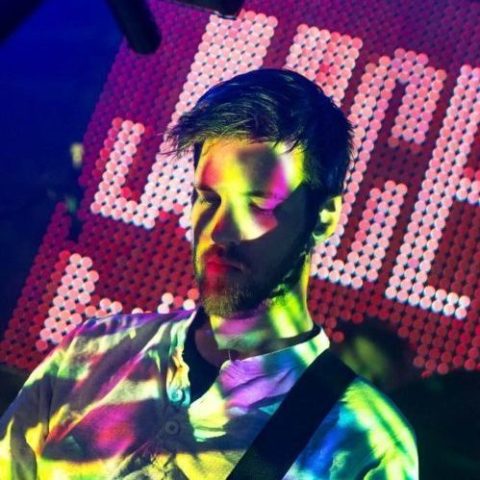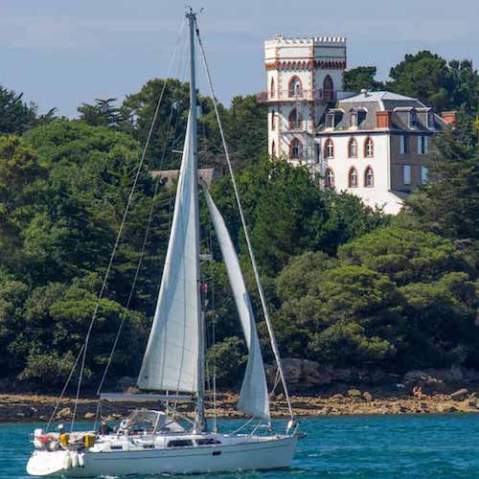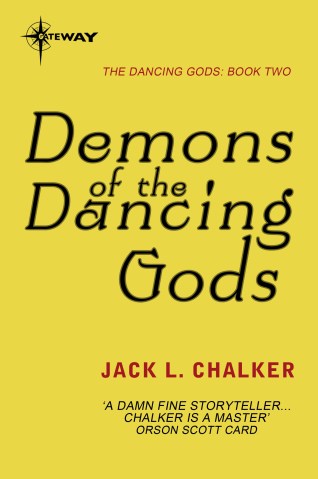Understanding exposure value
A term intrinsically linked to exposure is EV (short for Exposure Value), which relates to light intensity.
 1 second | ƒ/5 | ISO 50
1 second | ƒ/5 | ISO 50
Bright sunlight and snow: EV 16
An EV of 0 is the intensity of light required to correctly expose a neutral, 18% grey card (the default target for an exposure meter), using a 1-second exposure, an aperture of ƒ/1, and a sensitivity setting of ISO 100. All other EVs are determined from that, ranging from EV -6 (a starlit night sky) to EV +20 (bright, specular highlights).
Step by step
An EV step increase or decrease is a doubling or halving of the light intensity, so EV 2 is twice as bright as EV 1, and half as bright as EV 3, for example. In terms of real-world exposures, an EV step is the same as adjusting the shutter speed, aperture, or ISO by one full stop. For example, a cloudy, bright scene will be around EV 13, which could be exposed at 1/125 second, ƒ/8, at ISO 100. However, if the cloud thickened, the EV would drop to 12. To compensate for this you could either increase the shutter speed by one stop (to 1/60 second), open up the aperture by one stop (to ƒ/5.6), or raise the ISO by one stop (to ISO 200). Either one of these would compensate for the decrease in the light intensity, but they would also have creative consequences for your photos, too.
There are two key factors that contribute to determining an exposure. The first of these is the EV of the scene—the amount of light reflected from the scene you are photographing—and the second is the combination of aperture, shutter speed, and ISO needed to allow sufficient light to reach your camera’s sensor. The key thing to remember is that while the EV constrains the camera settings (in that you need to select a particular aperture, shutter speed, and ISO combination to get the right exposure), it doesn’t actually determine any of the individual values.
The same scene can be recorded using a wide range of apertures (providing the shutter speed and ISO are set accordingly), an equally wide range of shutter speeds (with a corresponding adjustment aperture and ISO), and a choice of ISO settings (again assuming the aperture and shutter speed are set to keep the overall exposure balance). In this sense, any scene—no matter how bright, or how dark—offers a huge range of photographic possibilities, from the safe, to the extreme. And that is precisely where the skill of the photographer comes into the equation.
 1/160 second | ƒ/16 | ISO 100
1/160 second | ƒ/16 | ISO 100
Night-time skyline: EV -1
Knowing your exposure values
This list is a guide to illumination levels and their corresponding exposure value (EV) at an ISO 100 sensitivity setting. Each EV step increase means the intensity of the light doubles, while each single EV decrease means the light intensity is halved. This relates directly to a ‘stop’ in terms of the aperture, shutter speed, or ISO. Remember, the type of measurement doesn’t matter—it’s all light to the final image, whether you’re measuring it in ƒ/stops, shutter speed, or ISO sensitivity.
- -6 — Starlit night sky
- -5 — Crescent moonlight, faint aurora
- -4 — Quarter phase moonlight, medium intensity aurora
- -3 — Full moonlight, bright aurora
- -2 — Full moon light on a snowscape
- -1 to +1 — Night-time city skylines (varying intensity of light)
- +2 — Distant lit buildings (at night)
- +3 to 5 — Indoors, low light
- +6 to 7 — Home interior
- +7 to 8 — Bright street scenes, dawn and twilight
- +9 to 11 — Just before sunrise or just after sunset
- +12 — Heavily overcast, or open shade with sunlight
- +13 — Cloudy, bright with no shadows
- +14 — Hazy sunlight with soft shadows, or bright sun low in sky
- +15 — Bright sunlight overhead with sharp shadows
- +16 — Bright sunlight on snow or light sand
- +17 to 20 — Specular sunlight reflections, intense man made lighting
The goal here isn’t to memorise the exact exposure values for each of these scenarios (though with time you may end up doing just that, out of habit). Rather, it’s more helpful to remember the order and hierarchy of these shooting situations. Just remembering that bright, overhead sunlight is so much brighter than a home interior can be helpful enough to remind you that a slight ISO boost, to say, 400, is probably a good idea. It’s hard to remember just how dramatic the difference in brightness is between these situations, because our eyes are so effective at presenting a consistently well-exposed scene.
Take creative control of your images and master the essentials of proper exposure with David Nightingale’s comprehensive guide to photography’s most fundamental skill: Mastering Exposure. Reinvigorate your artistic enthusiasm by being able to recognise not just the ‘correct’ exposure, but also numerous other creative options for how to capture any given scene. Your photography will stand apart from the crowd, and reflect your own unique vision of the world, all because you have mastered the best techniques for capturing stunning images.
 Mastering Exposure
Mastering Exposure
David Nightingale
Buy it now
RRP for the print edition: £14.99




